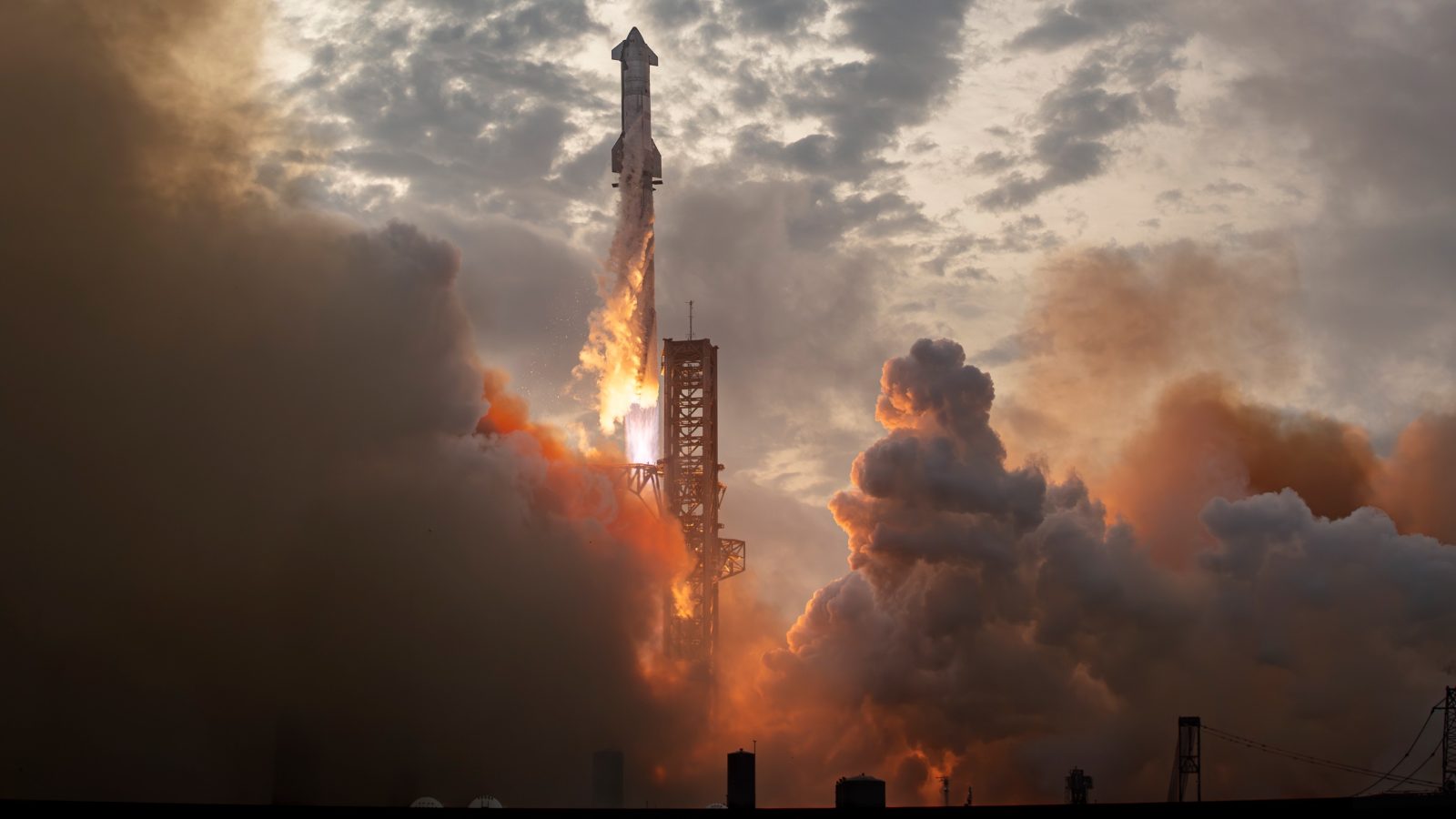
In an evolving space industry landscape marked by both innovation and competition, the emergence of SpaceX‘s Starship launch vehicle stands out as a pivotal development. Designed to place over 100 metric tons into low Earth orbit, Starship has garnered significant attention from companies specializing in the deployment of smaller payloads of about one metric ton or less.
The potential for a fully-reusable Starship to reshape the market, a dynamic already influenced by SpaceX’s partially-reusable Falcon 9 rocket, is a topic of considerable discussion among industry leaders and stakeholders. At the Satellite 2024 conference in Washington, D.C., discussions highlighted the disruptive potential of Starship, particularly its impact on the small launch vehicle market.
Arianespace’s senior vice president, Marino Fragnito, acknowledged the transformative effect the mega rocket could have, potentially leading to lower prices and a shift toward building larger satellites. This scenario presents both challenges and opportunities for companies in the space launch sector.
The space industry is currently navigating a period of transition, marked by the introduction of new launch vehicles aimed at increasing market capacity and offering competitive advantages amidst a growing field of competitors. Notably, the conference featured panels with representatives from companies that have recently achieved the first successful launches of their new vehicles, as well as those still in the developmental phase. Among these are Relativity Space and Rocket Lab – both are working on medium-class reusable launch vehicles.
Join our Discord Server: Join the community with forums and chatrooms about space!
Relativity Space is targeting a 2026 launch for its Terran R rocket, emphasizing the ongoing tests of its Aeon R engines and the expansion of its production facilities. Meanwhile, Rocket Lab, known for its Electron small launch vehicle, projects its larger Neutron rocket could be operational by the end of the year, pending full-scale testing of its Archimedes engine.
The discussion also touched upon the broader challenge of capacity in the market. Mark Peller from United Launch Alliance mentioned the transition phase following the successful inaugural launch of Vulcan Centaur, focusing on achieving a steady launch cadence. Mitsubishi Heavy Industries shared insights from its second H3 rocket launch, marking a recovery from its failed maiden launch last year. Additionally, Arianespace announced the anticipated inaugural flight of its Ariane 6 rocket, set for the latter half of June, signaling a new phase for the European launch service provider.
The space industry’s journey toward the next generation of launch vehicles reflects a blend of ambition, technological innovation, and strategic positioning. As companies strive to differentiate themselves and capitalize on emerging opportunities, the landscape continues to evolve, driven by advancements that promise to expand humanity’s reach and capabilities in space.
FTC: We use income earning auto affiliate links. More.


Comments